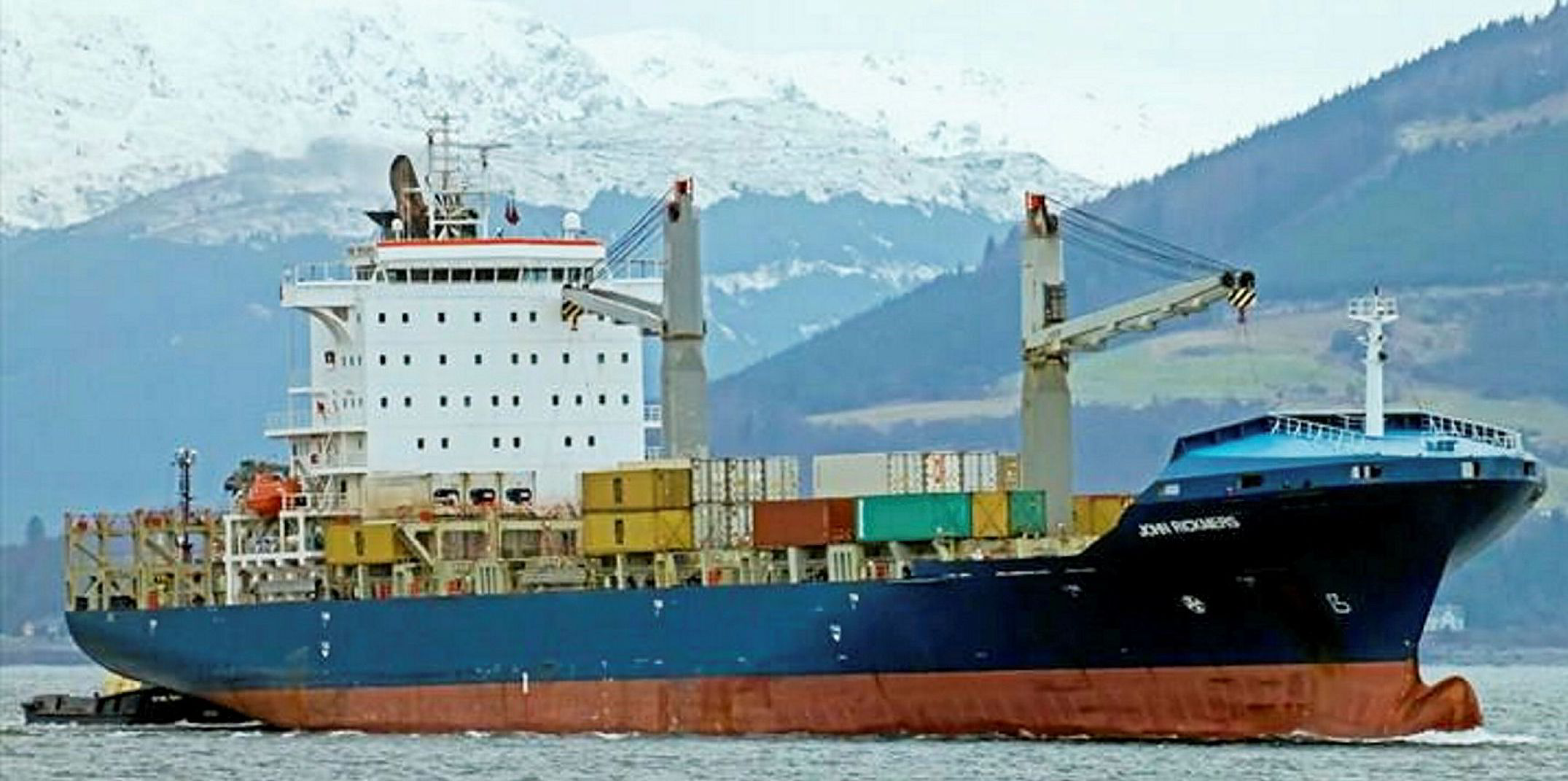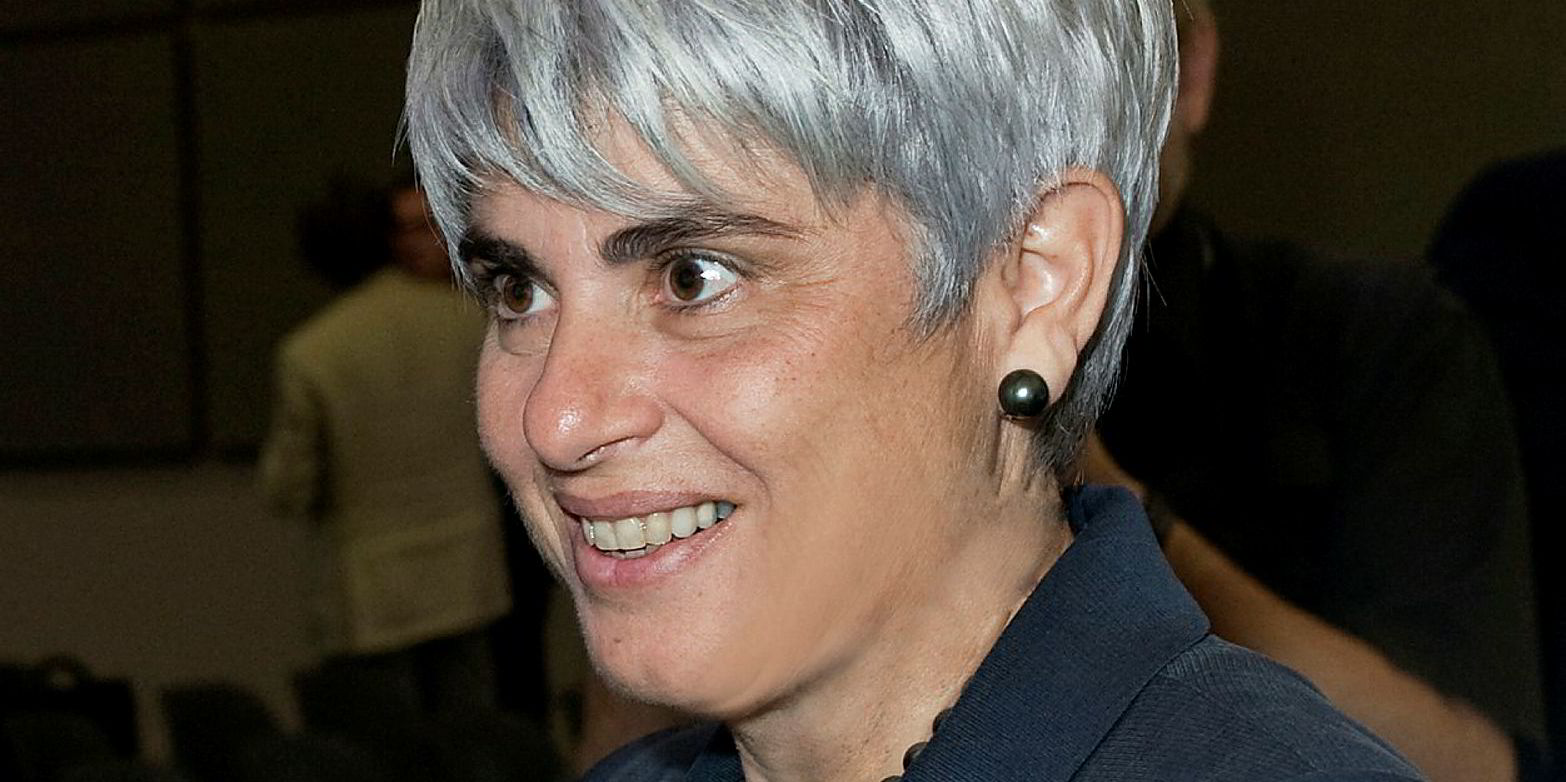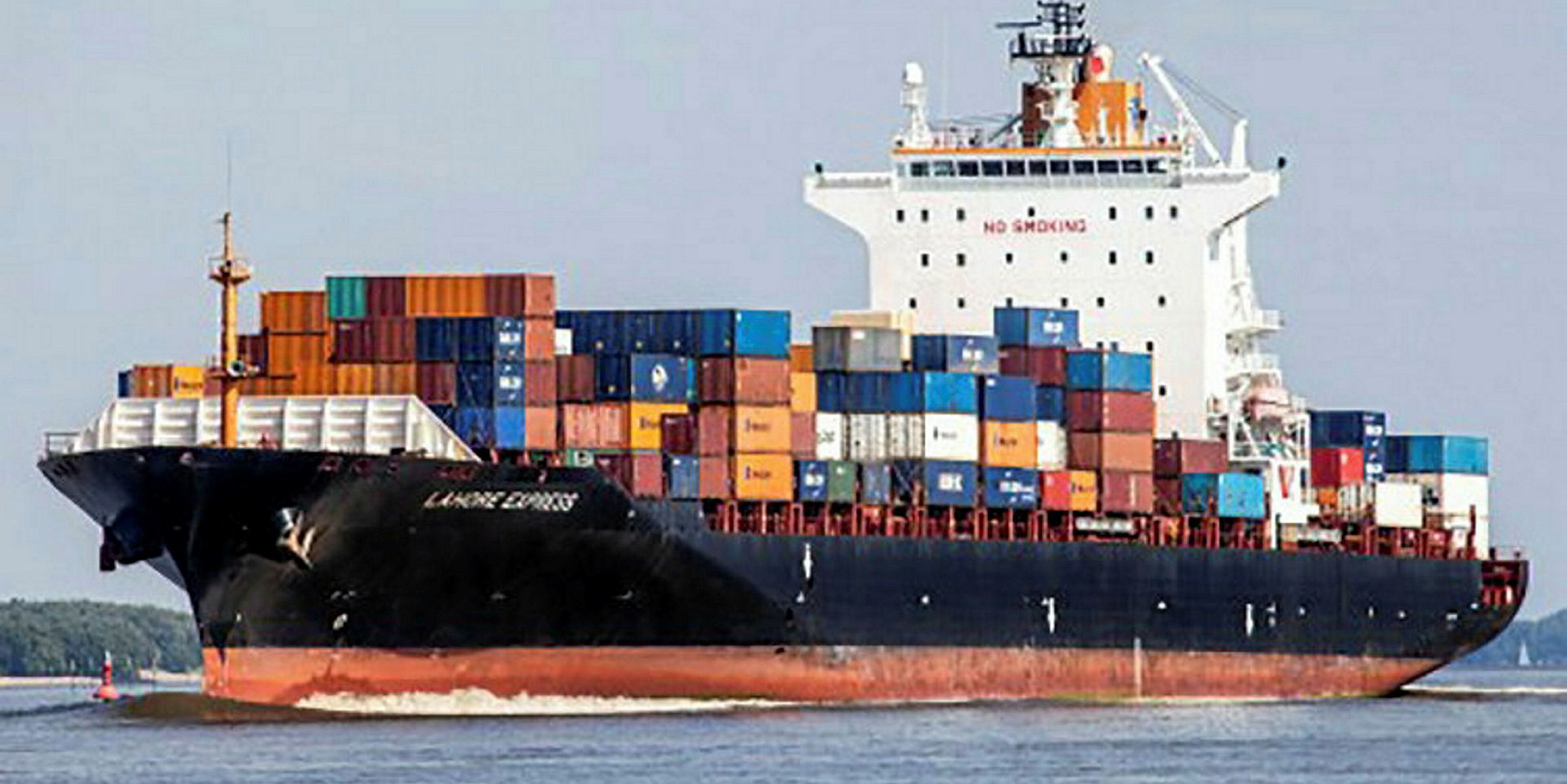A handful of active buyers dominated the secondhand boxship market last year, although investors are increasingly reluctant to invest in larger non-scrubber fitted boxships, according to French shipbroker BRS.
The annual review of the Paris-based shipbroker lists just five tonnage providers as accounting for one-third of containerships purchased from the secondhand market in 2018.
Topping the list was Germany’s MPC Capital, which acquired 31 units last year, including internal transactions.
John Fredriksen’s Ship Finance International came in second with 22 secondhand acquisitions. That included 15 feederships bought from Geneva-based Mediterranean Shipping Co with a bareboat charter back to Ship Finance.
Other leading players were South Korea’s Sinokor Merchant Marine, which purchased 22 units; Greek owner Navios Maritime Containers, which took 12 units; and private equity-backed Borealis Maritime, which is linked to 10 units.
The five companies jointly accounted for 34% of all secondhand containership purchases, BRS said.
Some 286 ship sales concluded for further trading of 805,490 teu, or 3.8% of the total containership fleet, at the end of 2018.
Only 56 vessels of 102,308 teu were sold for demolition, compared with 147 units in 2017 and 192 in 2016.
BRS said that asset values will "certainly" start to be affected by the impact of the IMO 2020 fuel regulations.
“We already note buyers reticence to invest in non-scrubber fitted secondhand tonnage of panamax-size and above,” it said.
Sales of containerships below 2,000 teu represented nearly 40% of all containership transactions in 2019, up from 24% in 2017.
The most active was the 900-teu to 2,000-teu segment, where 110 vessels were sold in 2018.
There were 43 sales lasts year of vessels of 900 teu and below, compared with 35 in 2017.
Ships under 2,000 teu were the only segments to register a higher number of sales compared with 2017.
But buyers remain selective with premiums offered for 1,200-teu to 1,400-teu vessels with ice-class, high-reefer plug capacity and shallow draught.
“The approaching IMO 2020 deadline has encouraged shipyards and naval architects to propose new designs for this segment. As a result, we expect to see increased orders in the coming months,” BRS said.






